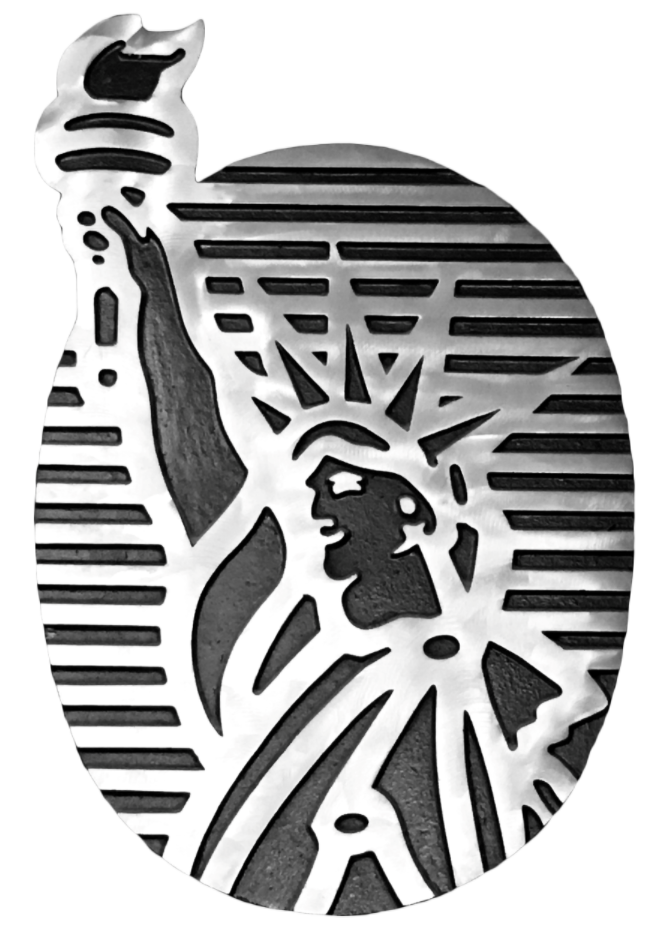Blood Diamonds: Understanding the Dark Side of the Diamond Industry
 Posted On
Posted On
Introduction to Blood Diamonds
Diamonds have long been prized for their beauty and rarity, symbolizing love, luxury, and commitment. However, behind the sparkle lies a dark reality known as blood diamonds. Also referred to as conflict diamonds, these gems have a history stained with exploitation, violence, and human suffering.
Origins of Blood Diamonds
The story of blood diamonds traces back to the discovery of diamonds in Africa, particularly in regions like Sierra Leone, Angola, and the Democratic Republic of the Congo (DRC). Colonial powers exploited these resources, leading to a cycle of poverty and conflict. As demand for diamonds grew, so did the trade in conflict diamonds, fueling civil wars and funding armed insurgencies.
Characteristics of Blood Diamonds
Identifying blood diamonds can be challenging, as they often enter the market disguised as legitimate gems. However, certain characteristics, such as their origin from conflict zones and involvement in human rights abuses, distinguish them from ethically sourced diamonds. The environmental and social impacts of blood diamond mining are also profound, causing deforestation, pollution, and displacement of indigenous communities.
The Diamond Industry Today
In response to growing concerns, the diamond industry has implemented measures to regulate the trade and certify diamonds as conflict-free. Initiatives like the Kimberley Process aim to track diamonds from mine to market, ensuring they do not finance armed conflict. However, challenges remain in enforcing these regulations and achieving full transparency in the supply chain.
Effects of Blood Diamonds
The consequences of blood diamonds extend beyond their immediate impact on communities and the environment. Human rights abuses, including forced labor and child exploitation, are rampant in diamond mining areas. Moreover, the revenue generated from blood diamonds perpetuates violence and instability, hindering the development of affected countries.
The Kimberley Process
Established in 2003, the Kimberley Process Certification Scheme seeks to prevent the trade in conflict diamonds by requiring participating countries to certify the origin of rough diamonds. While the Kimberley Process has made significant strides in reducing the flow of blood diamonds, it has been criticized for loopholes and lack of enforcement.
Ethical Considerations
Consumers play a crucial role in addressing the issue of blood diamonds by making informed choices and supporting ethical diamond suppliers. By demanding transparency and accountability from jewelry retailers, consumers can help promote responsible mining practices and uphold human rights standards in the diamond industry.
Global Initiatives
Various organizations and governments are actively involved in combating the trade in blood diamonds through advocacy, monitoring, and capacity building. International cooperation is essential in addressing this complex issue and ensuring that diamonds contribute to sustainable development rather than conflict and exploitation.
Diamonds and Development
While the diamond industry has the potential to drive economic growth in developing countries, lab created diamonds, it must be accompanied by responsible practices and equitable distribution of wealth. Investments in education, healthcare, and infrastructure can empower local communities and reduce their dependence on diamond mining.
Challenges and Controversies
Despite efforts to regulate the diamond trade, challenges persist, including the involvement of armed groups, corruption, and smuggling. The lack of transparency in the diamond supply chain makes it difficult to trace the origin of diamonds and prevent the entry of blood diamonds into the market.
Advancements in Tracking Technology
Technological innovations such as blockchain and digital certificates offer promising solutions for enhancing transparency and traceability in the diamond supply chain. By recording each transaction on a tamper-proof ledger, blockchain technology can verify the authenticity of diamonds and provide assurance to consumers.
Consumer Education and Awareness
Raising awareness about the issue of blood diamonds is essential for driving change in the diamond industry. Educating consumers about the social and environmental impacts of diamond mining empowers them to make ethical purchasing decisions and support companies that prioritize sustainability and ethical sourcing.
The Future of Blood Diamonds
While significant progress has been made in reducing the trade in blood diamonds, the fight is far from over. Continued collaboration between governments, industry stakeholders, and civil society is needed to address the root causes of conflict diamond mining and promote responsible practices throughout the diamond supply chain. By working together, we can create a future where diamonds are a symbol of beauty, integrity, and ethical value.
Conclusion
Blood diamonds represent a dark chapter in the history of the diamond industry, marked by violence, exploitation, and human suffering. However, with concerted efforts and global cooperation, we can rewrite this narrative and build a more sustainable and ethical diamond trade. By choosing conflict-free diamonds and supporting responsible mining practices, consumers can contribute to positive change and help create a brighter future for diamond-producing communities.










